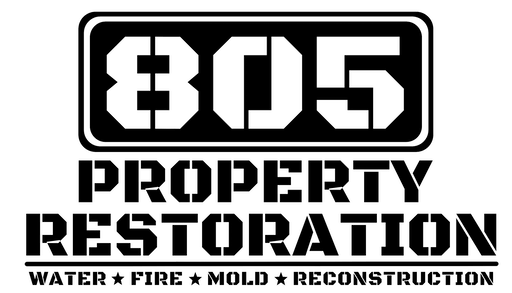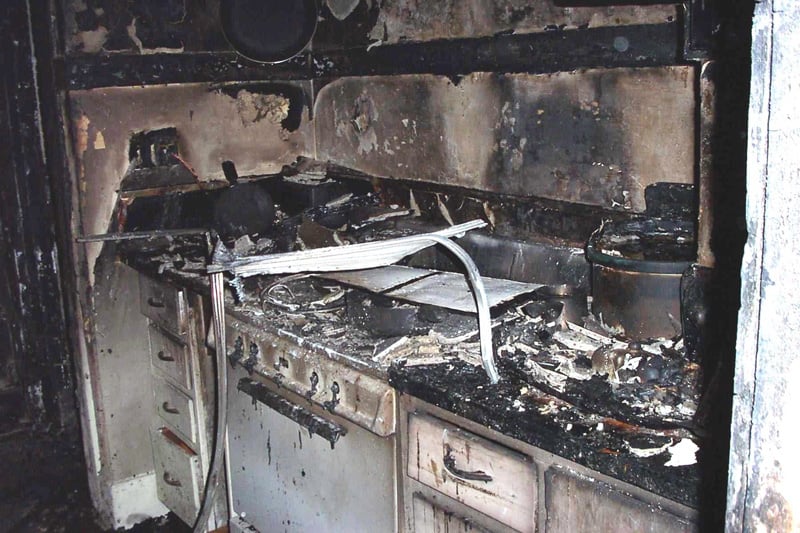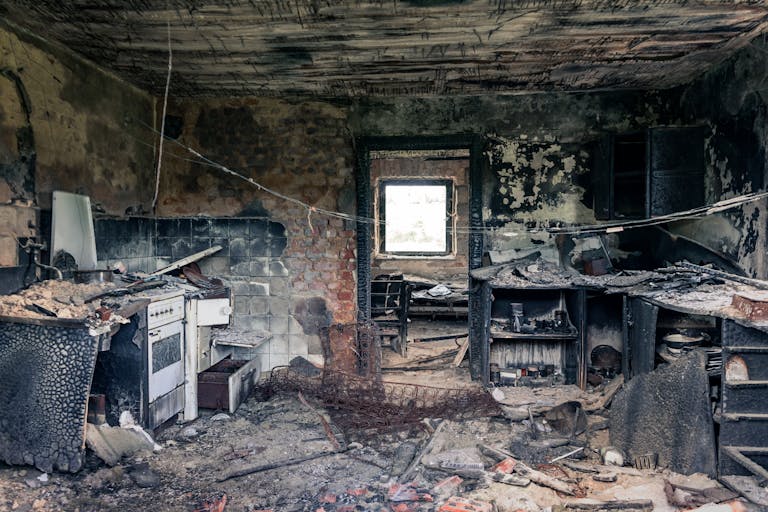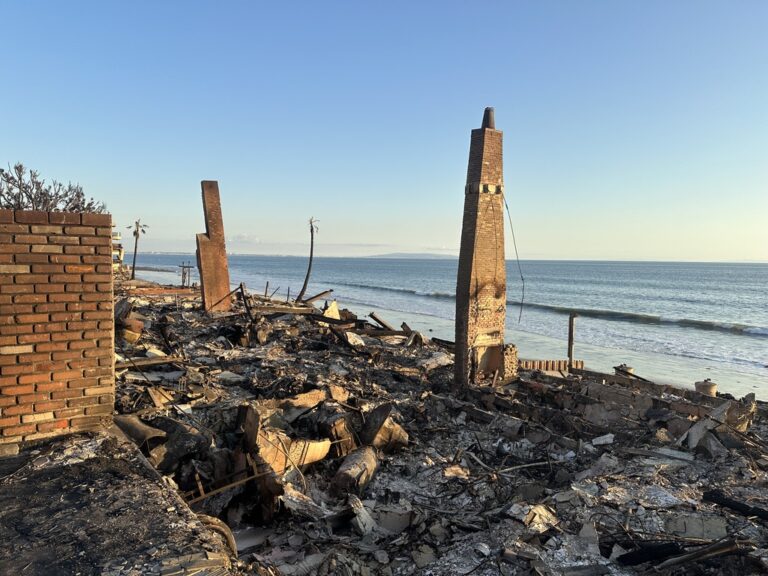Salvaging Your Belongings: Fire Damage Personal Property Restoration
When a fire strikes, the devastation can extend far beyond the structural damage to a home or building. Fire often impacts the personal possessions inside, leaving cherished items charred, smoke-damaged, or water-logged from firefighting efforts. While the loss of these belongings can be emotionally devastating, there is hope for restoring many of them through specialized fire damaged personal property restoration services.
In this comprehensive guide on fire damage, we’ll explore the process of restoring fire-damaged personal property, from the initial assessment and prioritization to the various cleaning and restoration techniques employed by professionals. Whether you’re a homeowner dealing with the aftermath of a house fire or a business owner seeking to salvage valuable assets, this article will provide you with the knowledge and insights necessary to navigate the complex world of personal property restoration successfully.
The Impact of Fire on Personal Belongings
Fire can wreak havoc on personal possessions in several ways, each presenting unique challenges for restoration professionals. Understanding the different types of damage is crucial for developing an effective restoration strategy.
- Smoke and Soot Damage: Smoke and soot are among the most pervasive and insidious byproducts of fire damage. These airborne particulates can penetrate and settle on a wide range of materials, including clothing, furniture, electronics, and even delicate items like artwork and documents. The acidic nature of soot can cause permanent discoloration, corrosion, and etching if not addressed promptly and properly.
- Heat and Flame Damage: Direct exposure to heat and flames can cause severe physical damage to personal belongings, including melting, charring, and warping. Plastics, fabrics, and other heat-sensitive materials are particularly vulnerable to this type of damage, often rendering them irreparable.
- Water Damage: While water is essential for extinguishing fires, it can also cause significant damage to personal property. Water can saturate and stain fabrics, warp wood furniture, and promote the growth of mold and mildew if not dried promptly.
- Odor Penetration: The pungent odors associated with smoke and soot can permeate deep into various materials, including clothing, furniture, and even hard surfaces. These odors can be incredibly difficult to remove and may require specialized deodorization techniques.
Initial Assessment and Prioritization
The first step in the personal property restoration process is to conduct a thorough assessment of the damaged items. This involves several key tasks:
- Inventory and Documentation: You must create a detailed inventory of all damaged items, including descriptions, quantities, and any available documents such as receipts or appraisals. This information is crucial for insurance claims and tracking purposes after fire damage
- Prioritization: Not all items can be restored simultaneously, so prioritization is essential. Items with sentimental or high monetary value should typically take priority, followed by essential household items or business assets.
- Salvageability Assessment: Restoration professionals will evaluate each item to determine its salvageability based on the type and extent of damage. Items deemed unsalvageable may need to be trashed or replaced.
- Categorization: Restoration teams often categorize damaged items based on the type of material—such as textiles, electronics, documents, or furniture—and determine the specific restoration techniques needed for each category.
This initial assessment and prioritization process helps restoration professionals develop a customized plan of action, ensuring that the most critical items receive prompt attention and maximizing the chances of successful restoration.
Cleaning and Restoration Techniques
Once the assessment is complete, restoration professionals employ a variety of specialized cleaning and restoration techniques to address different types of fire damage. Here are some of the most common methods used:
Dry Cleaning and Immersion Cleaning
Textiles, clothing, and other fabric items are often cleaned using dry cleaning or immersion cleaning methods. Dry cleaning involves the use of specialized solvents and techniques to remove smoke and soot residues, while immersion cleaning involves submerging items in specialized cleaning solutions to remove embedded contaminants.
Ultrasonic Cleaning
Ultrasonic cleaning is a highly effective technique for removing soot and other particulates from intricate or hard-to-reach areas of items such as jewelry, electronics, or small mechanical components. This process involves immersing the items in a specialized cleaning solution and using high-frequency sound waves to dislodge and remove contaminants.
Ozone and Thermal Fogging
Ozone and thermal fogging are commonly used for deodorization and odor removal. This treatment involves exposing items to controlled levels of ozone gas, which breaks down and neutralizes odor-causing compounds. Thermal fogging, on the other hand, disperses deodorizing agents in a hot, dry fog that penetrates deep into porous materials, effectively neutralizing odors.
Freeze-Drying
For items that have suffered water damage, freeze-drying is a specialized technique that can prevent further deterioration and damage. In this process, technicians freeze the items and place them in a vacuum chamber, where the ice sublimates—transitioning directly from solid to gas—and effectively dries the items without causing additional damage.
Document and Artwork Restoration
Specialized techniques are employed for restoring fire-damaged documents, photographs, and artwork. These may include deacidification, de-lamination, and various cleaning and stabilization methods to remove soot, smoke, and water damage, while preserving the integrity of the materials.
Furniture and Wood Restoration
Fire-damaged furniture and wooden items often require a combination of cleaning, refinishing, and structural repairs. Technicians use techniques such as sanding, stripping, and reapplying finishes to restore the appearance and functionality of these items.
Electronics Restoration
Smoke and soot can be particularly damaging to electronic devices and components. Restoration professionals use specialized cleaning techniques, including ultrasonic cleaning and solvent-based methods, to remove contaminants and restore functionality to electronics whenever possible.
The restoration team follows strict safety protocols throughout the process to protect both themselves and the property owners from potential hazards, such as toxic fumes or contaminants.
Content Cleaning and Storage After Fire Damage
In many cases, technicians must remove personal belongings from the fire damage site to clean and restore them. This process, known as “content cleaning and storage,” involves several key steps:
- Pack-Out: Restoration professionals carefully pack and inventory all salvageable items, ensuring proper handling and protection during transport after fire damage
- Transportation: The team transports the packed items to a secure, climate-controlled facility specifically designed for content cleaning and restoration.
- Cleaning and Restoration: At the facility, the items undergo the necessary cleaning and restoration processes based on their specific needs and the type of damage sustained.
- Storage: While the restoration process takes place, we store items in a secure, climate-controlled environment to prevent further damage or deterioration.
- Inventory Management: We maintain detailed inventory records throughout the process to ensure we track and account for all items after fire damage.
- Pack-Back: Once the restoration process is complete, our team carefully packs the items and prepares them for transport back to the owner’s premises or a designated location.
Effective content cleaning and storage not only ensure the proper handling and restoration of personal belongings but also provide a secure and controlled environment for the entire process, maximizing the chances of successful restoration.
Insurance Considerations
In most cases, homeowners’ or commercial property insurance policies cover the costs associated with fire-damaged personal property restoration, at least partially. However, navigating the insurance claims process can be complex and challenging, especially in the aftermath of a devastating fire.
- Documentation: Thorough documentation is crucial for successful insurance claims. This includes detailed inventories, receipts, appraisals, and photographic or video evidence of the damaged items.
- Claims Process: Restoration professionals often work closely with insurance companies to facilitate the claims process. They provide detailed reports, documentation, and estimates to support the claim and ensure appropriate coverage for the restoration services.https://www.forbes.com/advisor/homeowners-insurance/fire-insurance/
- Replacement vs. Restoration: Insurance policies may have specific guidelines or limits regarding when replacement is covered versus restoration. Restoration professionals can provide expert guidance on the most cost-effective and appropriate approach for each item.
- Contents Coverage: Most homeowners’ and commercial property insurance policies include coverage for personal belongings and contents, but the extent of coverage may vary. It is essential to review and understand the specifics of your policy before initiating the restoration process.
- Professional Assistance: Restoration professionals often help navigate the insurance claims process by providing expert guidance, documentation, and support to ensure accurate representation and efficient processing of claims.
Property owners, restoration professionals, and insurance companies must communicate and collaborate effectively to properly document the restoration process and ensure coverage under the appropriate insurance policies.




